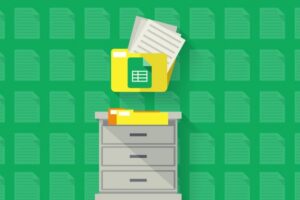Getting started with NFTs, Polygon, Web3, Airdrops, Crypto
Beginners’ guide to Blockchain in 2022
What you’ll learn
Getting started with NFTs, Polygon, Web3, Airdrops, Crypto
- How to install Metamask Chrome Extension – your passport to Web3
- How to connect to the Polygon Network – the best blockchain to start with
- How to get tokens on the Ethereum and Polygon Networks
- How to create your NFT on OpenSea
- How to buy your first NFT on OpenSea
- Understand NFTs
Requirements
-
No, this is a beginners course.
Description
Introduction
I had a job interview in 2014 where I was asked what is Bitcoin. All I could say back then was that Bitcoin was “Internet Pirate Gold” because of a documentary I had seen on the Silk Road. Fortunately, my answer was satisfactory at the time and I got the job. Throughout the next few years, I would learn more about the blockchain.
In a nutshell:
- Bitcoin allows for a number to be securely transferred between addresses. The sender subtracts this number from their total and the receiver adds this number to their total. There is a rule that prevents the sender from sending a number larger than their total.
Fortunately for us, new technology has emerged which allows us to enjoy the security of the blockchain without the high fees. The Polygon Network can do all the complex logic of Ethereum at a fraction of the cost.
Technically, Polygon is a protocol and a framework for building and connecting Ethereum-compatible blockchain networks. Aggregating scalable solutions on Ethereum supporting a multi-chain Ethereum ecosystem.
But this course is for people who want to use blockchain and don’t necessarily want to understand exactly how it works.
Part 1: How to use blockchain
- How to set up a Metamask account – your passport to Web3
- How to connect to the Polygon Network – the best blockchain to begin with
- How to get Matic and Wrapped Ether tokens on Polygon
- How to mint your first NFT on OpenSea
- How to buy your first NFT on OpenSea
Who this course is for:
- Beginners who are new to cryptocurrencies and blockchain











Add Comment